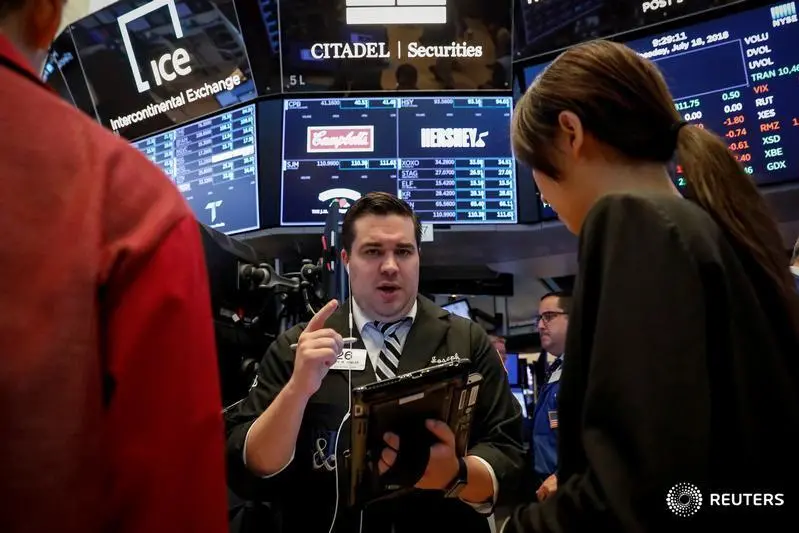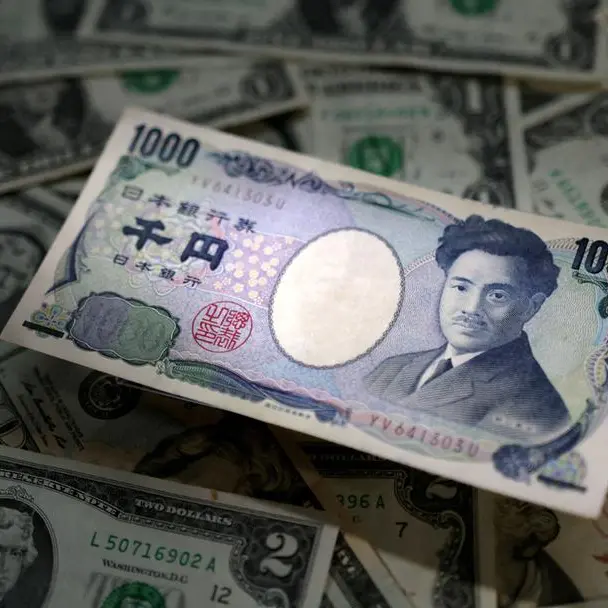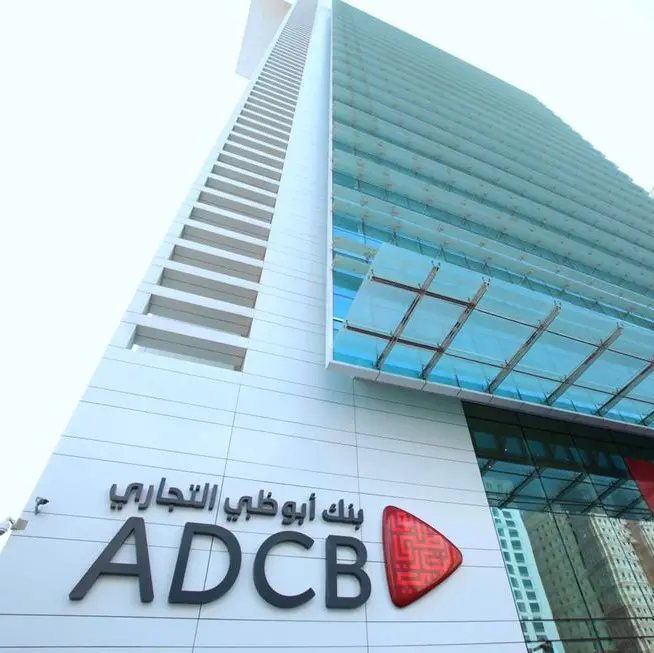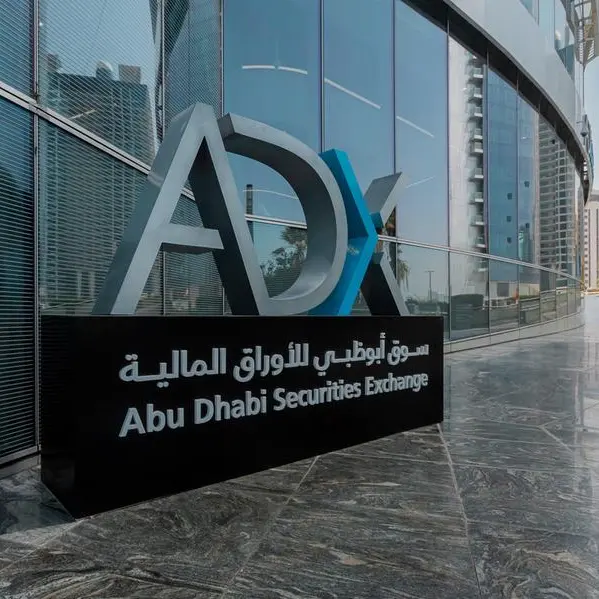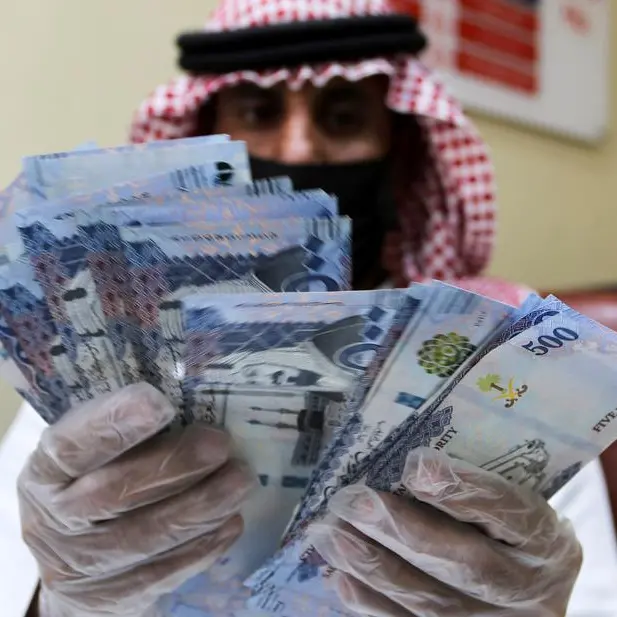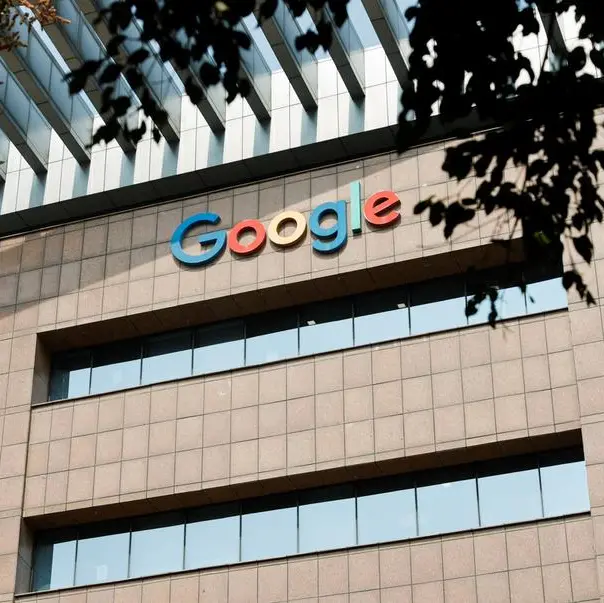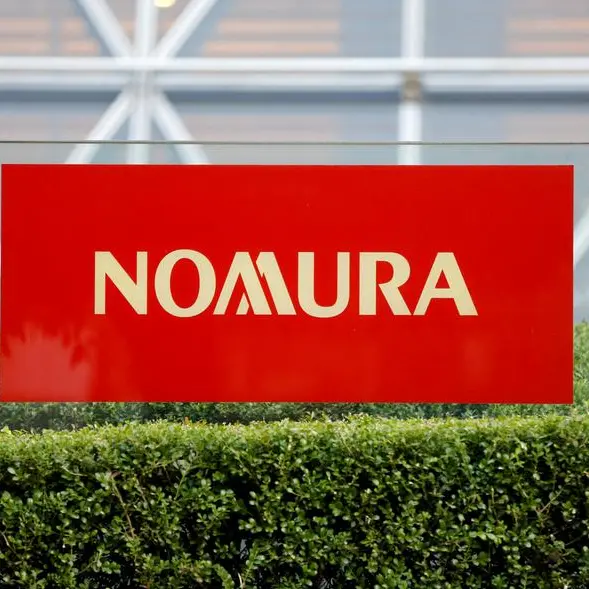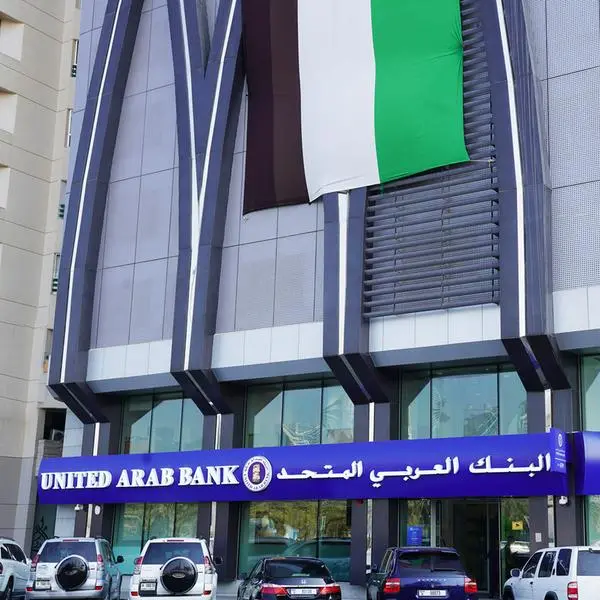PHOTO
Welcome to Zawya Markets. Each Sunday we will be featuring an interview with a different analyst or markets expert from around the region.
If you would like to participate please email gerard.aoun@thomsonreuters.com.
1) What is your view for oil prices?
Oil prices will remain strong for 2019 for a number of reasons.
Firstly, OPEC, while increasing output, will keep oil prices above a threshold that it deems necessary. With most oil countries facing budget deficits above $55-60 per barrel, this can be assumed to be the OPEC ‘put option’, as long as the organization and its partners are of the view that they will be able to control oil prices.
Secondly, in recent years, the marginal rate of growth of oil production has come mainly from US shale oil. With infrastructure reaching capacity in the Bakken fields, production growth is somewhat capped. Thirdly, maritime regulations forcing shipping vessels to use low-sulphur fuel oils will drive demand for sweet and light crude, such as the fuels produced by the GCC. The main risk to oil prices, in our view, is demand and what materializes in emerging markets.
2) How do you think the Saudi non-oil economy will perform for the remainder of this year and next? Is there much evidence of Vision 2030 policies filtering through in terms of economic growth yet?
The non-oil economy should have a strong second half of 2018 compared to the first half, as capital expenditure is running at 36 percent of the 2018 forecasted budget, despite the government reporting strong revenue growth of 67 percent driven by higher oil prices, coupled with a budget deficit of 7bn Saudi Arabian riyals ($1.87bn), down 35bn riyals from 1Q18. Consequently, we see the potential for government to rev up spending, most likely in the fourth quarter of 2018, spilling over into the first quarter of next year. Non-oil economic growth in 2019 will accelerate from 2018.
3) What is your view on Egypt? How successful has the country been in its multi-year reform program? What is the impact on GDP and growth?
Egypt is the best-looking economy in the investable MENA space. Years of underinvestment in fixed capital formation will eventually result in a catch-up, which will be the driving force behind GDP growth for the years to come. Egypt has done a great job in reforming, as per IMF’s guidelines, while managing social unrest risks. As soon as the CBE resumes its monetary easing cycle, we’ll begin seeing GDP ramping up well above the current 5 percent growth.
4) What is your view for MENA capital markets, and to which markets do you expect to increase / decrease allocations in the near future?
MENA capital markets are in a good position with MSCI and FTSE index inclusions this year and next for Saudi and Kuwait. Consequently, we’re expecting to see increased allocations from global investors.
5) What are the biggest risk factors both for MENA markets and global markets in the coming weeks?
In the short to medium-term, it will be the continued Fed’s tightening monetary policy in light of emerging market jitters, as well as trade wars continuing.
6) What is your view on the Aramco IPO?
It will be delayed until Saudi is satisfied with forecasts for oil prices in order to maximise the valuation. We see the IPO coming after the implementation of MSCI, for liquidity reasons.
7) What impact would Saudi Aramco buying a stake in SABIC have on the Saudi market overall, and the petrochemical sector specifically?
Such a stake increase will be value accretive for Aramco, making it more valuable. Not a big impact on the market overall, at least initially. However, looking out to the medium term,liquidity will improve as it will result in a change of hands from Aramco, which is flush with cash, to the Public Investment Fund, who has been mandated to invest in local projects to spur their economy. So in this regard, this acquisition is a medium to long-term positive to the overall Saudi economy.
8) What are your views for Q2 earnings so far across the region?
Q2 earnings have been dominated by petrochemicals and banks as a result of higher oil prices and increasing interest rates. This will continue to be the theme for the foreseeable future, although we are aware of the risks in light of what has been going on in emerging markets.
9) What’s your view on the prospects for Bahrain’s economy over the next 12 months?
The economy is likely to struggle as they have been running twin deficits and the coming GCC bailout package will most likely include fiscal austerity measures, which will be negative for the economy.
10) Oman is reportedly looking at further bond issuance, having recently reported cuts to its budget deficit. How well do you think this would be received by investors, and what do you think the short-term prospects are for its economy?
On the margin, it will be well received as there’s less risk to holding such a bond. However, investors will only get excited if the price is right at the time of issue. The short-term prospects are not great as the government is still in austerity mode, still in deficit and has rising payables with contractors.
(Editing by Gerard Aoun and Michael Fahy)
(gerard.aoun@thomsonreuters.com)
Any opinions expressed here are the author’s own.
If you would like to participate in the Zawya Markets Weekly Q&A please email gerard.aoun@thomsonreuters.com.
Our Standards: The Thomson Reuters Trust Principles
Disclaimer: This article is provided for informational purposes only. The content does not provide tax, legal or investment advice or opinion regarding the suitability, value or profitability of any particular security, portfolio or investment strategy. Read our full disclaimer policy here.
© ZAWYA 2018
